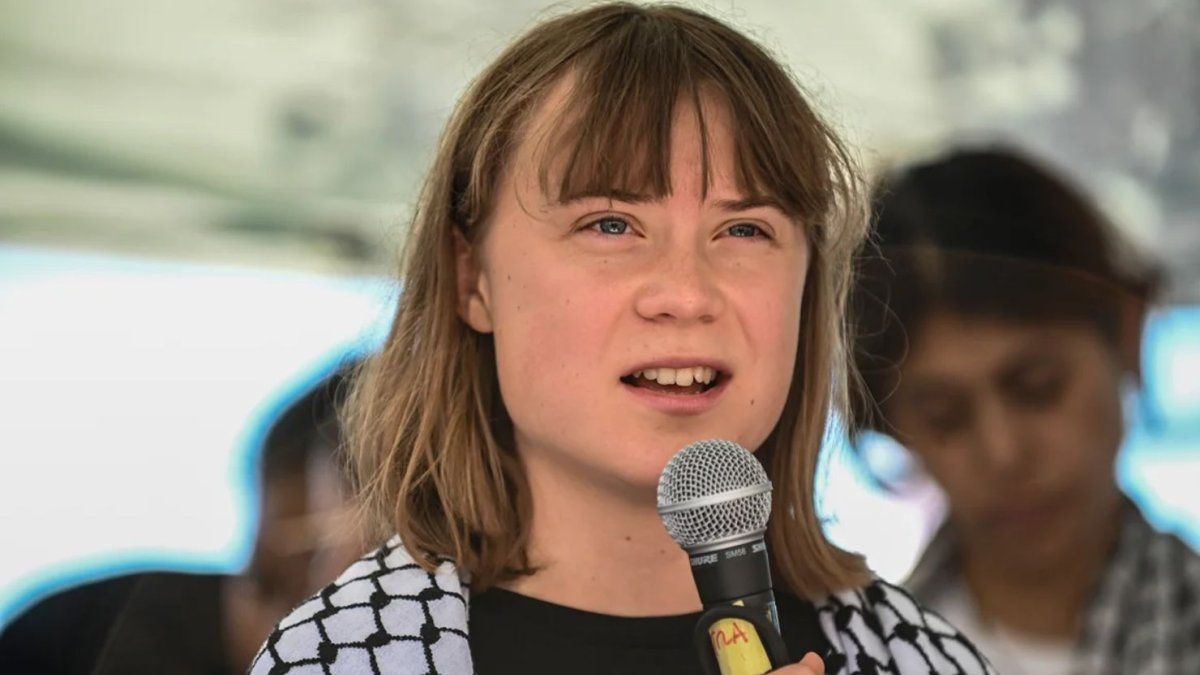Apart from the public, a research focus on radio technology has developed in Linz that is attracting international attention. Now Silicon Austria Labs (SAL), which has one of three locations in Linz, wants to set up a top research center for electronics-based systems that will prepare the next generation of 6G mobile communications. The center, which is predominantly in public hands, wants to double the 140 million euros budget with partners by 2023.
You work closely with the JKU and industry and think big. The goal is a research team of 1000 employees. There are currently 200, 40 of them in Linz, the rest in Graz and Villach. “We want to play in the European Champions League of this research in ten to 15 years, in a league with the Fraunhofer Institute,” says the head of the Silicon Lab in Linz, Thomas Lüftner. He remembers when Infineon developed the 3G high-frequency technology for the first iPhone and the first antagonist of the Android side, the Galaxy S, many years ago in Linz. Linz should also become just as relevant for 6G.
But why do you need this generation of mobile communications, which should not be ready for the market until 2029 at the earliest, when 5G has not even been rolled out nationwide in Austria’s mobile network? 5G is in the frequency range of 26 gigahertz, 6G is 100 to 300 gigahertz. 6G is ten to a hundred times faster than 5G and has a faster response time – with 5G you get feedback after one millisecond after sending a message, with 6G it should only be 0.1 milliseconds.
This is particularly interesting for industrial applications and human-machine communication. What still sounds like a scene from a science fiction film today could be real with 6G: A technician in Austria uses a 3D hologram to carry out maintenance work on a machine in Asia. He can virtually enter the factory hall in China and look at machines and wait as if he were there. In the factory of the future, in which 6G is likely to play a major role, devices can perceive their surroundings via sensors and make decisions in real time.

Less power consumption
6G research at Silicon Austria Labs encompasses three major areas: millimeter-wave high-frequency technology, artificial intelligence embedded in circuits for radar and high-frequency sensors, and interference-free industrial wireless communication. Above all is the pressure to reduce power consumption with 6G. Lüftner: “We have to turn the next generation of 6G mobile communications into a green technology. That was neglected with 5G.” The global data centers already consume ten percent of the world’s energy.
The higher the frequency, the less energy is used to transmit the same amount of data. “And we make sure that only essential data is transmitted,” that is, it should be processed predominantly where it is created, for example on the devices themselves and not in the power-guzzling cloud.
Lüftner also sees 6G as a key technology for the re-industrialization of Europe, because more automation could bring factories back to Europe from low-wage countries.
Jane Stock is a technology author, who has written for 24 Hours World. She writes about the latest in technology news and trends, and is always on the lookout for new and innovative ways to improve his audience’s experience.




